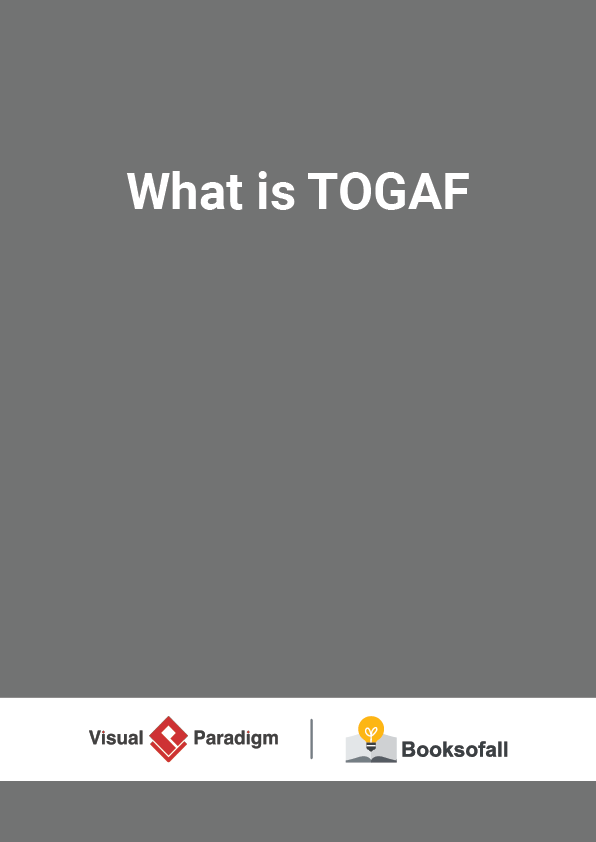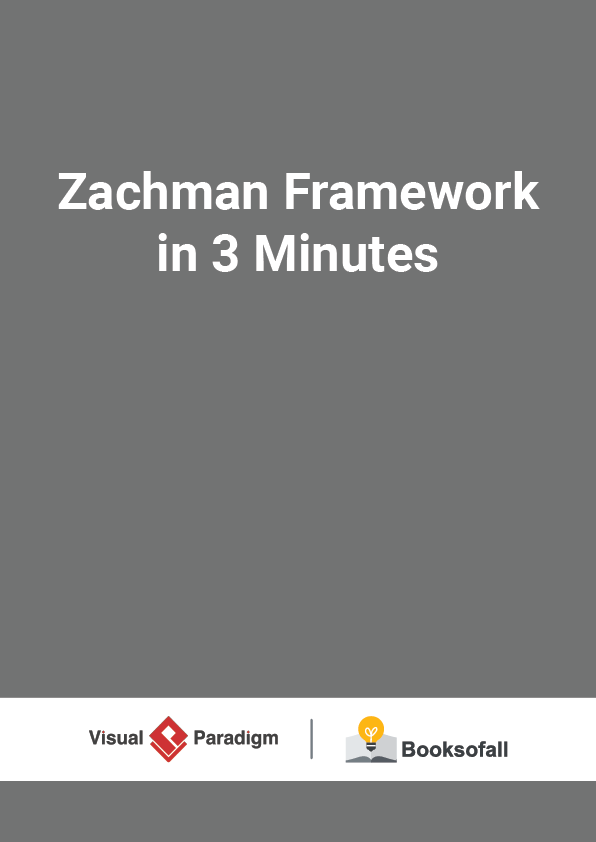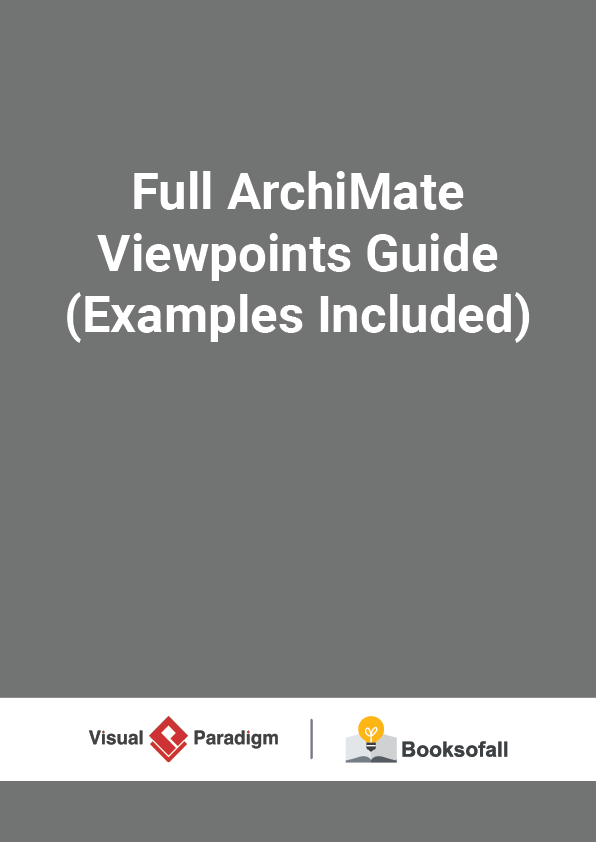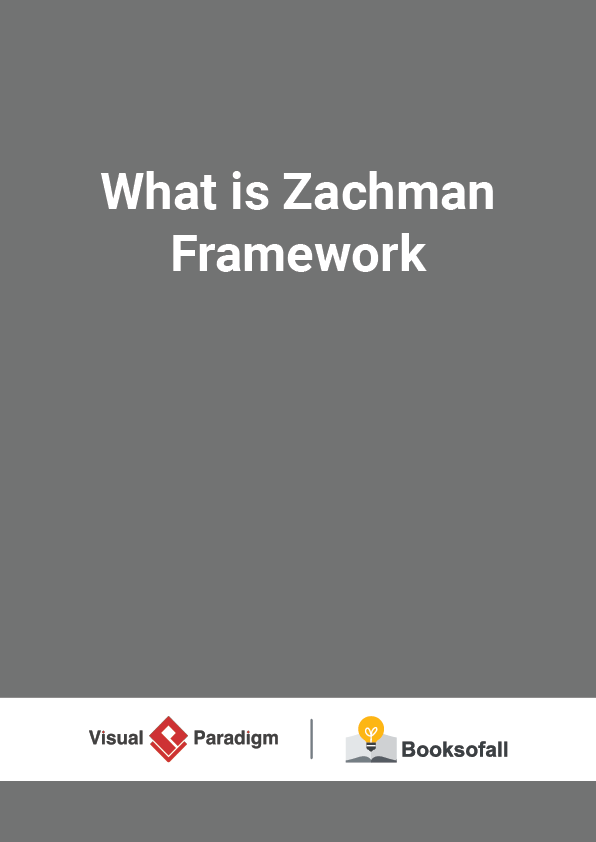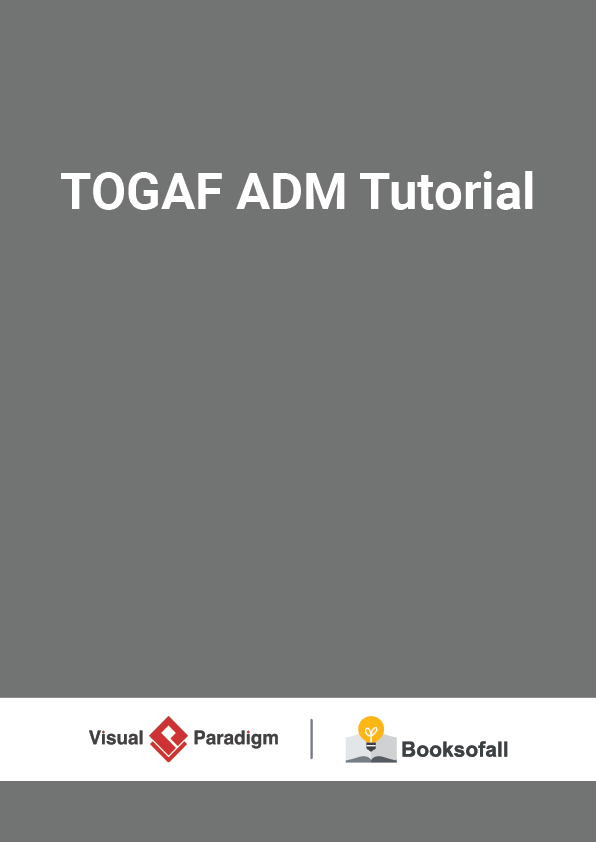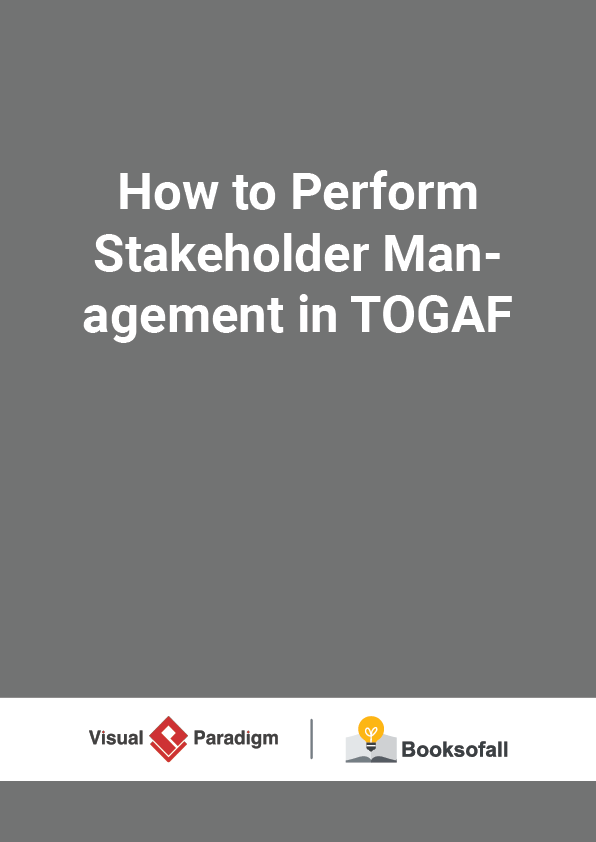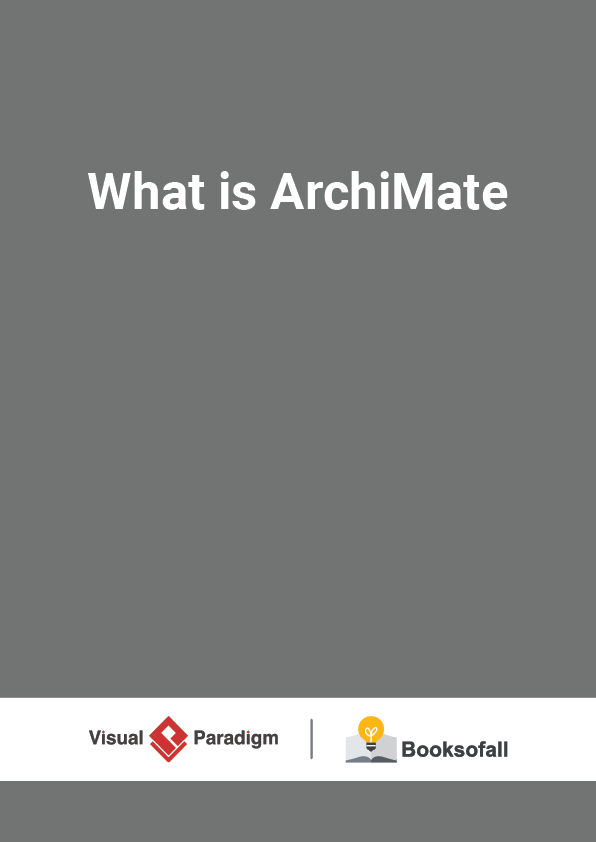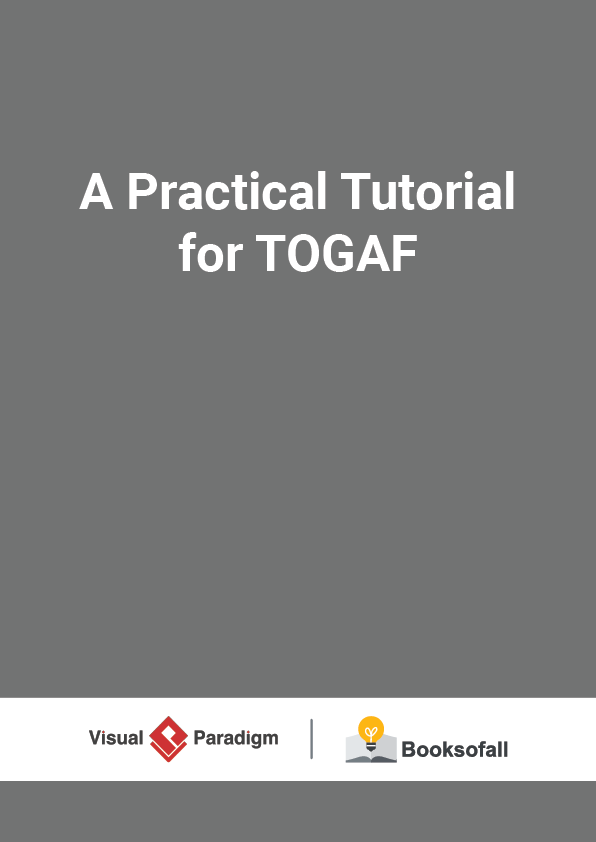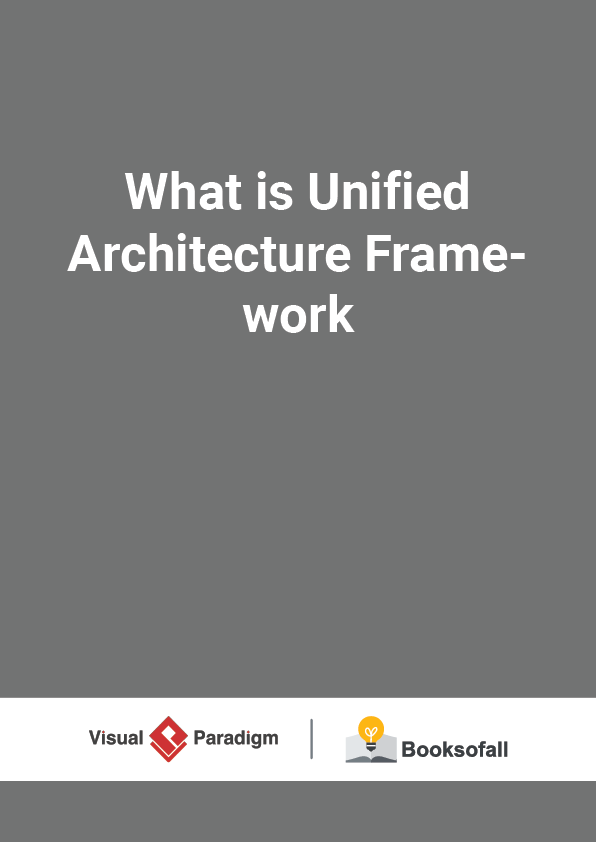What is TOGAF?
14-18 minutes
TOGAF ® , introduced by The Open Group , is a proven enterprise architecture methodology and framework used by the world’s leading organizations to improve business efficiency. It is an enterprise architecture standard, ensuring consistent standards, methods, and communication among enterprise architecture professionals, so that we can conduct our enterprise architecture work in a better way, including:
- An iterative process model supported by best practices
- A re-usable set of existing architecture assets
- Methods and tools for the planning, development, implementation, and
- maintenance of an enterprise architecture
TOGAF Development Overview
First published in 1995, TOGAF was based on the US Department of Defense Technical Architecture Framework for Information Management (TAFIM) . From this foundation, The Open Group Architecture Forum has developed successive versions of TOGAF at regular intervals.
What is Architecture in the Context of TOGAF?
“The fundamental organization of a system, embodied in its components, their relationships to each other and the environment, and the principles governing its design and evolution.” TOGAF embraces and extends this definition. In TOGAF, “architecture” has two meanings depending upon the context:
- A formal description of a system, or a detailed plan of the system at a component level to guide its implementation
- The structure of components, their inter-relationships, and the principles and guidelines governing their design and evolution over time.
What is Enterprise Architecture?
Enterprise architecture (EA) is a well-defined practice for conducting enterprise analysis, design, planning, and implementation, using a holistic approach at all times, for the successful development and execution of strategy. Enterprise architecture applies architecture principles and practices to guide organizations through the business process, Data & information, and technology changes necessary to execute their strategies. These practices utilize the various aspects of an enterprise to identify, motivate, and achieve these changes, which include the effort to understand the strategic intent of a business and then have everything from business processes, to supporting technology, to partner relationships, to infrastructure of all sorts, to hiring and training, and anything else important work in alignment to achieve better business performance.
Structure of the TOGAF
The TOGAF content is divided into 7 parts:
- Introduction
- Architecture Development Method
- ADM Guidelines and Techniques
- Architecture Content Framework
- Enterprise Continuum & Tools
- TOGAF Reference Models
- Architecture Capability Framework
The brief description for each of the seven parts are listed as following:
Introduction
As show in the table, this part provides a high-level introduction to the key concepts of enterprise architecture and, in particular, to the TOGAF approach. Now let’s explore the core concepts for each of these parts:
Core Concepts
- Business Architecture – The business strategy, governance, organization, and key business processes.
- Data Architecture – The structure of an organization’s logical and physical data assets and data management resources.
- Application Architecture – A blueprint for the individual applications to be deployed, their interactions, and their relationships to the core business processes of the organization.
- Architecture Technology Architecture – The logical software and hardware capabilities that are required to support the deployment of business, data, and application services. This includes IT infrastructure, middleware, networks, communications, processing, and standards.
